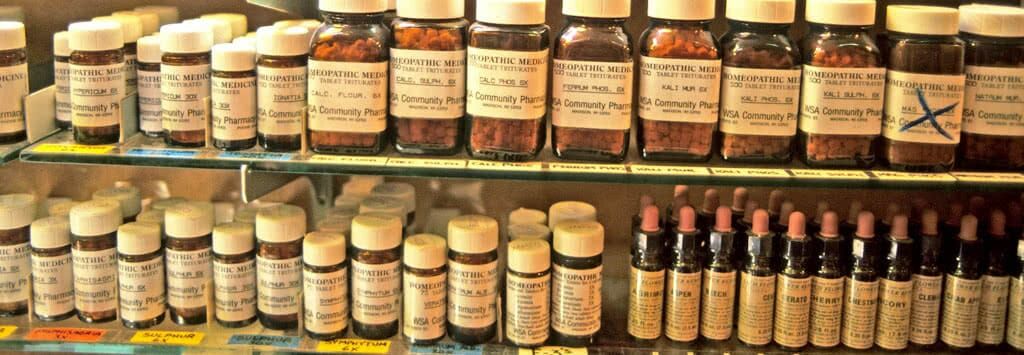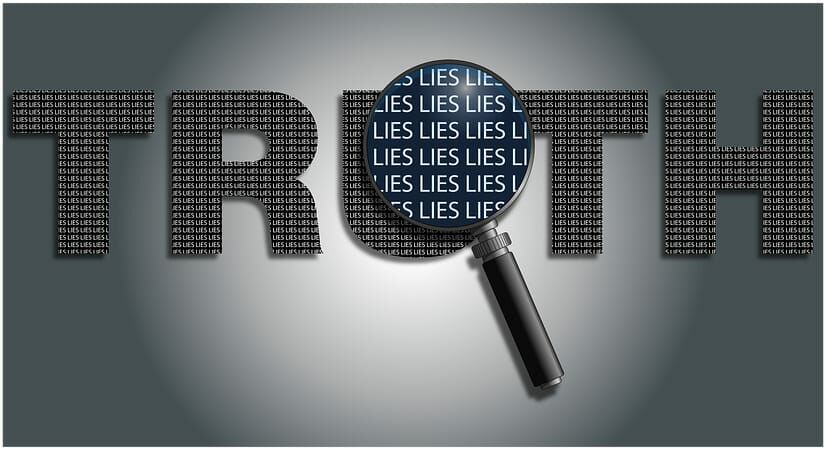
Scott Gottlieb, commissioner of the Food and Drug Administration
Most of you, I’m assuming, have heard about the newest threat to homeopathy in the US by the FDA, the Food and Drug Administration.
The FDA has issued a draft guidance document of new risk-based enforcement priorities in regards to homeopathic medicines. The guidance document is now under review and is open for a 90-day consultation. I encourage you to read the document available here and make your comments here after reading this article and checking sources in order to craft an intelligent response. Please share on social media and ask others to share as well.
The draft guidance document is recommending that what they call “high risk” remedies be the first to be targeted which include:
“An infectious agent with the potential to be pathogenic” – in other words nosodes (such as Tuberculinum, Medorrhinum, etc.). This statement makes no mention of potency and whether these medicines in higher potency will be affected.
“Controlled substances” - careful you might get high on that 30C pellet of coca or opium.
“Multiple ingredients that, when used in combination, raise safety concerns due to possible interactions, synergistic effects, or additive effects of the various ingredients” – Will they be using homeopathic literature to ascertain remedy relationships? I doubt it, they will enforce an allopathic perspective on chemical interactions of what they also claim to be ultra-molecular, non-material doses. What will be the effect on combination remedies? The bread and butter of many American homeopathic manufacturers?
“Products intended to be used for the prevention or treatment of serious and/or life-threatening diseases and conditions.” – we certainly don’t have any over the counter medications with such claims in North America that I am aware of. There are remedies for insomnia, cough and cold, sinusitis, laryngitis, restlessness, jet lag. None of them life threatening illnesses. But every single remedy in our materia medica has indications for life threatening illness. What does this mean for practitioners?
“Products for vulnerable populations. For example, patient populations such as immunocompromised individuals, infants and children, the elderly, and pregnant women may be at greater risk for adverse reactions associated with a drug product” - the beauty of homeopathy is that it is generally non-toxic, and generally safe for vulnerable populations, unlike pharmaceutical drugs – none of which are 100% safe, particularly for children and pregnant women. This will target children’s homeopathic cough and cold medications, probably the safest products on the pharmacist’s shelf.
The draft document also makes the recommendation that Homeopathic drugs should jump through the same hoops as allopathic medications and apply for regulation as new drugs. At first this may sound reasonable – but on deeper reflection it is quite clear that this would mean the end of homeopathy in the USA. Regulation of new drugs involves expensive research and immense fees to be paid to the FDA, very much outside the realm of possibility for any homeopathic manufacturer. The only way homeopathy would survive would be if pharmaceutical companies were willing to invest the money, were able to patent remedies and co-opt homeopathy for themselves.
Estimates range from $320 million – 2.7 billion dollars as the cost to develop a drug, with 4 phases of research required by the FDA, each costing on average around $100 million (with us being resourceful homeopaths I’m sure we could do it for much less than large pharmaceuticals). Once the research has been done and it demonstrates effectiveness and safety, one has to apply for FDA approval. In 2017 the fees for a new prescription drug application with the FDA are $2,038,100 for an application that requires clinical data and $1,019,050 for one which does not. There is an additional yearly Establishment fee of $512 200. There is an additional $97,750 annual fee for each drug. With similar fees being planned in 2018 for over the counter medications. Currently, there is also a huge backlog of approval of over the counter medications, which would reduce access to remedies for extended periods of time until they meet approval.
To only have the top 100 polychrests approved by the FDA could cost 10 times the $2.9 billion currently spent on homeopathy a year in the US.
Regardless of costs, the other major concern is that the FDA approves drugs for specific pathologies, according to their action on a biochemical process, but homeopathic remedies are not ailment specific. This model cannot take into account the individualization of remedies according to a person’s presentation. There are very few trials that have proven effectiveness of a single remedy for a specific pathology. (there are exceptions such as Dr. Frass’s study on Kali Bichromicum, and Sen Pathak’s research on Ruta and Calcarea Phosphoricum for brain tumors). The most promising research results are those studies exploring individualized homeopathy in which medicines are chosen based on the symptoms of the individual patient and is the gold standard of homeopathic practice. Unless allowances are made within the systems of the FDA, I doubt many remedies could be regulated. There were no recommendations of this sort in the FDA document.
So why is this happening now you ask? Isn’t the FDA a government body dedicated to the protection and safety of the public? The FDA is using the Hyland’s teething products scandal as an example of why this increased enforcement is required. Media outlets claim that the remedies have been linked to 400 adverse reactions and 10 deaths due to material presence of Belladonna and poor manufacturing processes. However when the American Institute of Homeopathy obtained the information through a freedom of information request it was clear that the evidence against Hylands was weak and riddled with errors. https://www.integrativepractitioner.com/whats-new/all-news/homeopathy-groups-destroys-fda-action-teething-agents/
Many believe that the FDA is not the independent, unbiased organization it purports to be. The FDA receives the majority of its funding from the pharmaceutical industry in the form of fees, with little congressional oversight, and FDA directors, employees, consultants and even the commissioners having a history of strong ties to pharmaceutical companies.
So now it’s up to you. Make your comments on this draft regulation, and ask your friends and colleagues to do the same. Go to https://www.regulations.gov/comment?D=FDA-2017-D-6580-0001 right now and have your say.
It’s my personal opinion that comments should not be about the effectiveness of homeopathy, I don’t think they really care. Comments should focus on why homeopathic remedies should not be regulated under the same banner as allopathic medications. Points could include a lack of toxicity of ultra-molecular dilutions, the nature of remedies being individually prescribed not according to pathology, and the fact that the industry would be shut down completely should homeopathic manufacturers be required to submit regulation fees and research costs, limiting the rights of consumers and patients when there is little risk of harm. There is little history of harm from homeopathic medicine and you could refer to the FDA report obtained through FOIA to demonstrate the poor quality of evidence against Hylands.
Another point of emphasis should be about choice and access for consumers. Nothing in the FDA guidance should restrict consumers from accessing homeopathic medicines, which are their choice of health and wellness care.
You could suggest a category of regulation for natural health products that acknowledges the rights of people to their freedom of choice in healthcare, acknowledges the validity of traditional knowledge and in the case of homeopathy over 200 years of clinical experience, and the inherent safety of homeopathy.
References
https://www.fda.gov/ucm/groups/fdagov-public/@fdagov-drugs-gen/documents/document/ucm589373.pdf
http://www.raps.org/Regulatory-Focus/News/2016/08/01/25478/FDA-Unveils-User-Fee-Rates-for-FY-2017/
https://www.fda.gov/Drugs/DevelopmentApprovalProcess/SmallBusinessAssistance/ucm069943.htm
https://www.fda.gov/ForPatients/Approvals/Drugs/ucm405622.htm
https://systematicreviewsjournal.biomedcentral.com/articles/10.1186/2046-4053-3-142
https://www.statista.com/statistics/645490/per-patient-clinical-trial-costs-in-us/
https://sciencebasedmedicine.org/fda-proposes-changes-to-homeopathy-regulation/
https://www.citizen.org/sites/default/files/rdmyths.pdf
http://blogs.plos.org/workinprogress/2012/01/25/how-much-money-do-drug-companies-pay-the-fda/
https://www.salon.com/2016/02/27/the_fda_now_officially_belongs_to_big_pharma_partner/
As we believe in giving various perspectives a voice, we may publish ideas we don't necessarily agree with, therefore the views of the authors do not necessarily reflect the views of Magic Pills, Ananda More, or Phosphorus Films.



